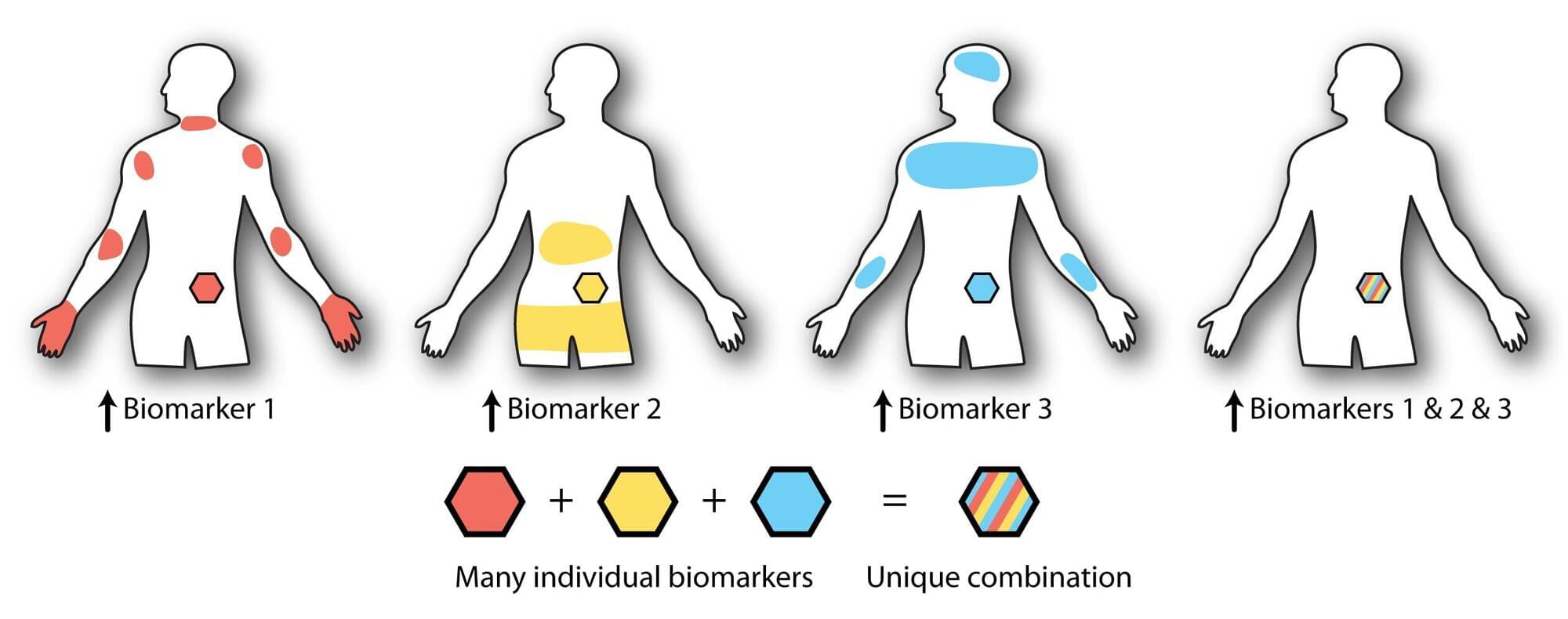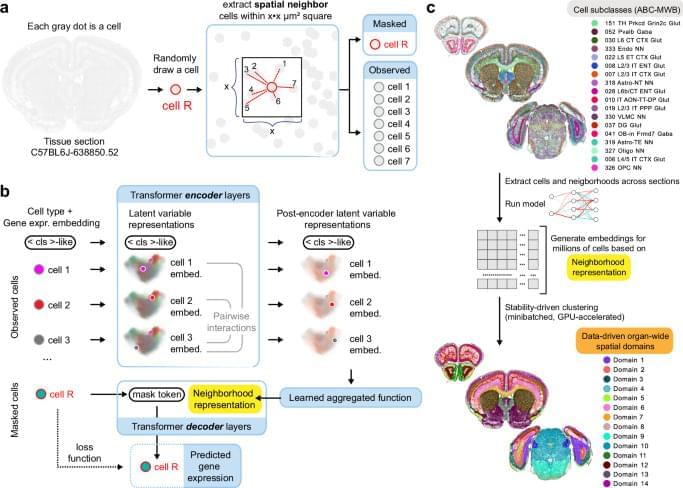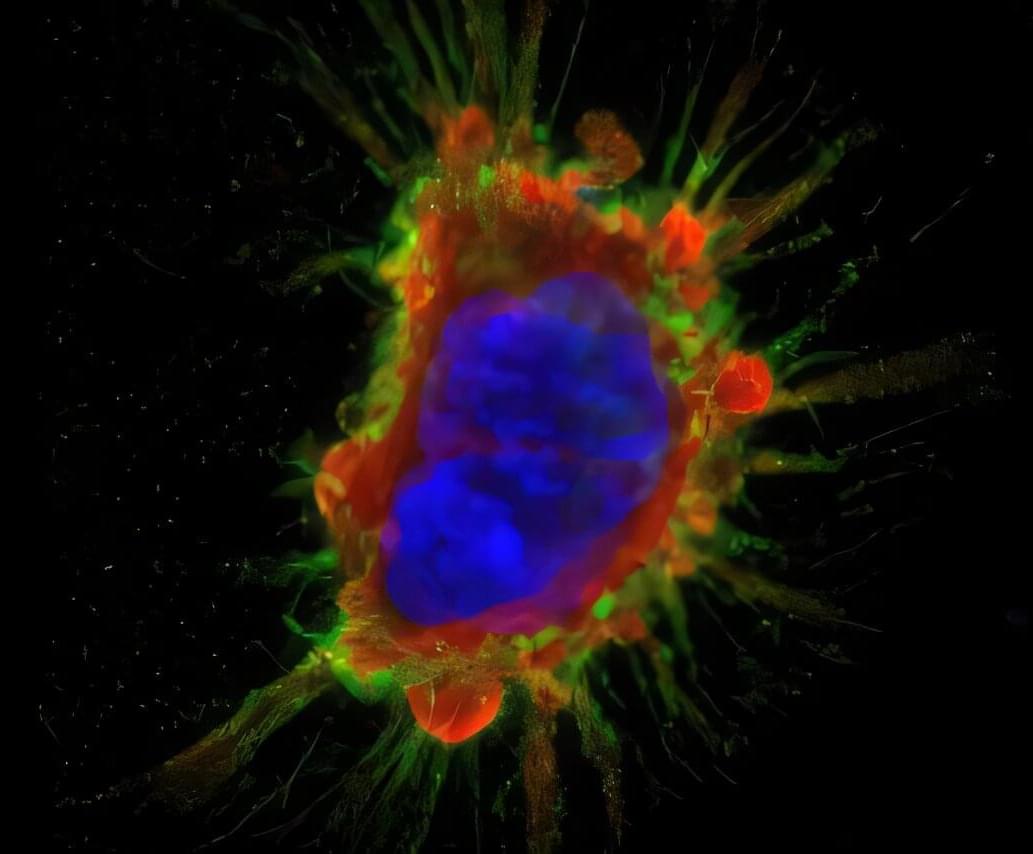Hair transplants have exploded in popularity in recent years — so much so that flights returning from Turkey packed with men sporting freshly transplanted hairlines have become a meme. And the stigma surrounding the once-taboo procedure is lessening.
In August, John Cena said his recent hair transplant “completely changed the course of my life.” While effective, transplants are still surgeries that require thousands of dollars, time off work, and a multi-week recovery process.
However, FoLix, the first FDA-cleared fractional laser of its kind, administered in-office by a provider, offers men and women a surgery-free way to help with their hair loss. Dermatologists say that the new treatment, which began appearing in clinics over the past year, could be a game changer for patients who may not like the daily regimen of pills or the invasiveness of hair transplant surgery.







